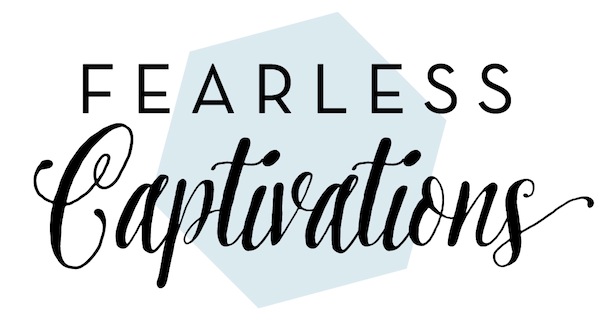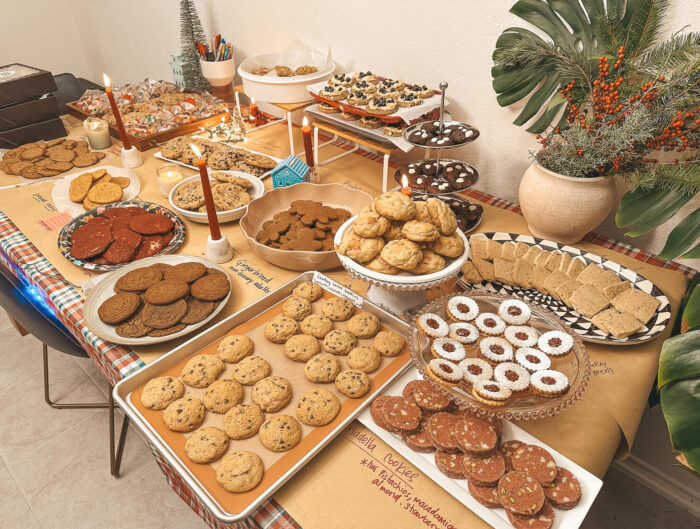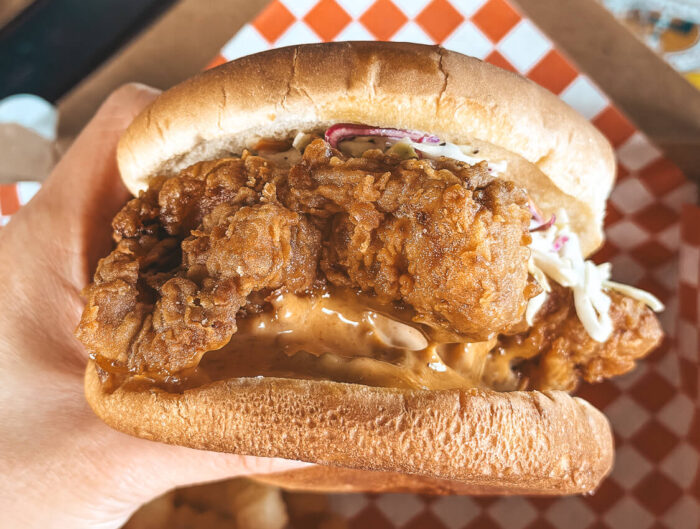Have you ever drank craft coffee? Do you know what makes coffee craft? This blog post will tell you all the details!
I am not a regular coffee drinker because it makes me bounce off the walls and keeps me up at night, but I love drinking coffee occasionally. Coffee wasn’t something I sought out, but when I learned more about the coffee industry on our Indonesia trip a few years ago, I was inspired to discover more about craft coffee and the great coffee shops in Austin. I even went to a coffee tasting!
Grab your cup of joe before we start reading! Here’s a little more about craft coffee and why we should drink it.
How Did I Discover Craft Coffee?
My interest in craft coffee started as many of my food interests came about, through a random experience. The first recognition was surprisingly in Indonesia. On our food tour, we stopped at Seniman Coffee, one of the leading specialty coffee producers in Indonesia.
They were one of the first coffee shops in Ubud and support the shift in those involved in the coffee industry, from growers to baristas, who are fine-tuning the craft to produce better quality and better flavors. From the coffee wheel decorating their walls to the siphon coffee maker on their counters, it was obvious that they take coffee seriously as true coffee enthusiasts and scientists.


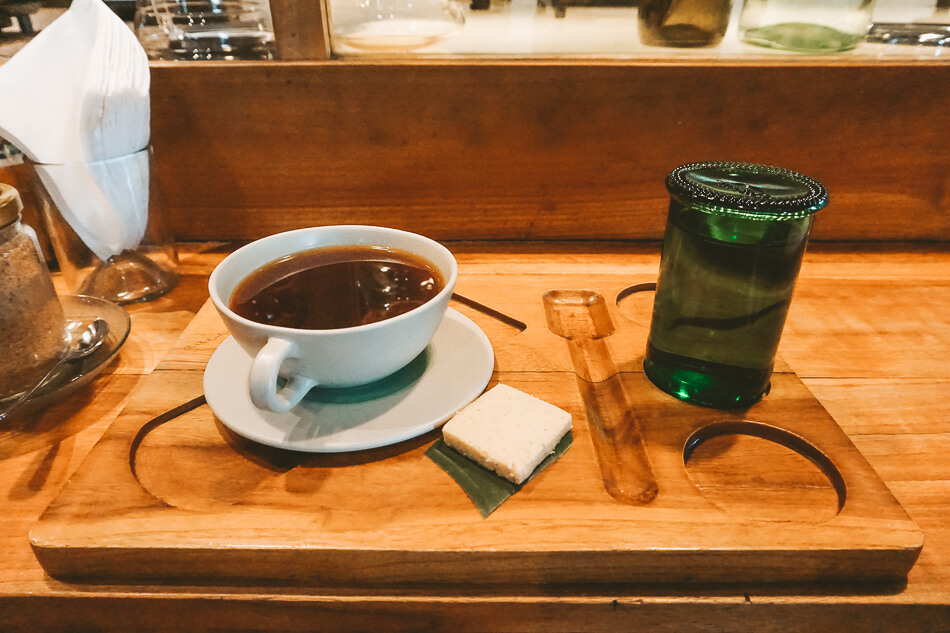
A few weeks after I got home to Austin, my friend Janna invited me to visit Intelligentsia Coffee, a new coffee shop originally from Chicago that had opened up in Downtown Austin. There we talked to their manager Angela and that coffee spark grew. This was the U.S. version of my experience in Indonesia.


If you drink coffee, your palette is probably more in tune with the quality of beans or a roast. You can taste the difference between gas station coffee and coffee from a shop like Seniman Coffee and Intelligentsia Coffee. Keep reading to learn why.
What is Craft Coffee?
When you talk to craft coffee enthusiasts, they’ll tell you that we’re currently in the third wave of coffee.
The first wave began when coffee became widely consumed. People could buy coffee in grocery stores and in restaurants.
The second wave began when coffee became widely accessible through shops popping up everywhere, starting with Peet’s Coffee & Tea and taken over by Starbucks.
In the last decade, we’ve moved to the third wave, where coffee is more than a caffeinated drink to get you through the day. This is why boutique coffee shops have popped up.

This shift to third-wave coffee is part of a wider farm-to-table shift across the food industry. For coffee, it’s farm to cup. People want to know more about what they’re consuming. They want to know if it’s ethical and sustainable. They’re considering the impact their food and drink consumption has on the earth and on the people who create the product.
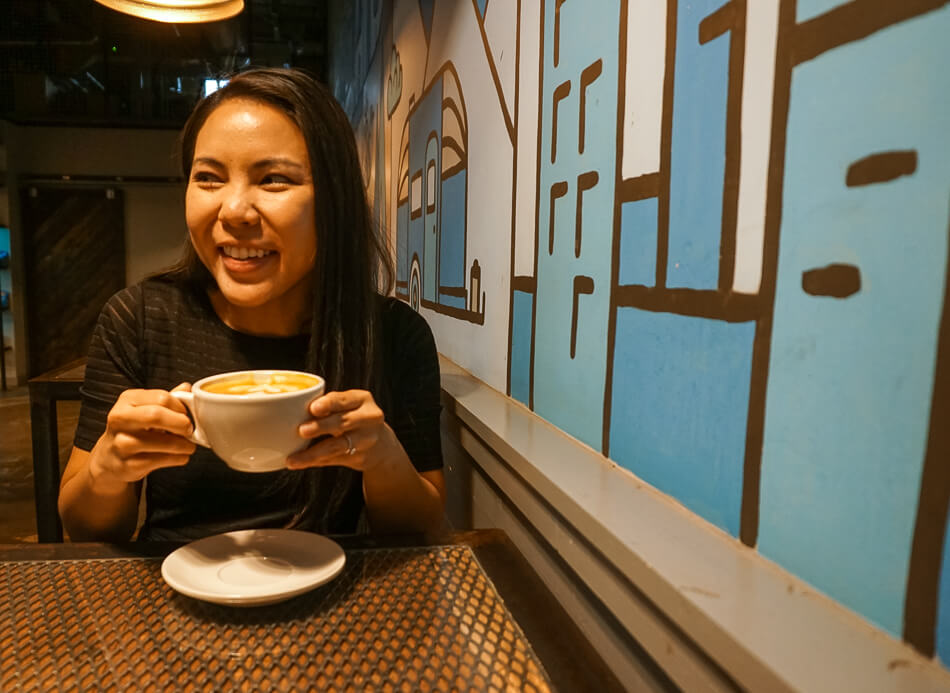
Craft coffee shops can answer these questions:
- Who grew and harvested the beans? Did they come from a single farm/origin or a single region?
- Are their farming practices sustainable? Were the farmers paid and treated fairly for their products?
- Are the beans fair trade (a way to help small farmers and an ethical and monetary guideline) or direct trade (bought from the farmer)?
- Who roasted the beans?
- Does the shop have good customer service? Does the coffee shop experience make the visitor feel good?
Following these guidelines isn’t perfect but it’s a start to ensure fairness and quality across the industry.


The coffee shops that can tell the full story from the farmer to the barista have the ability to draw in the visitor. That’s what makes a product craft. They take into consideration the quality of the product (the beans) and the people who grow and process the product (farmers, roasters). From there, they combine other quality ingredients with their coffee (i.e. quality flavoring or brands of oat milk), perfect the process, and deliver a beverage that makes the customer feel good.
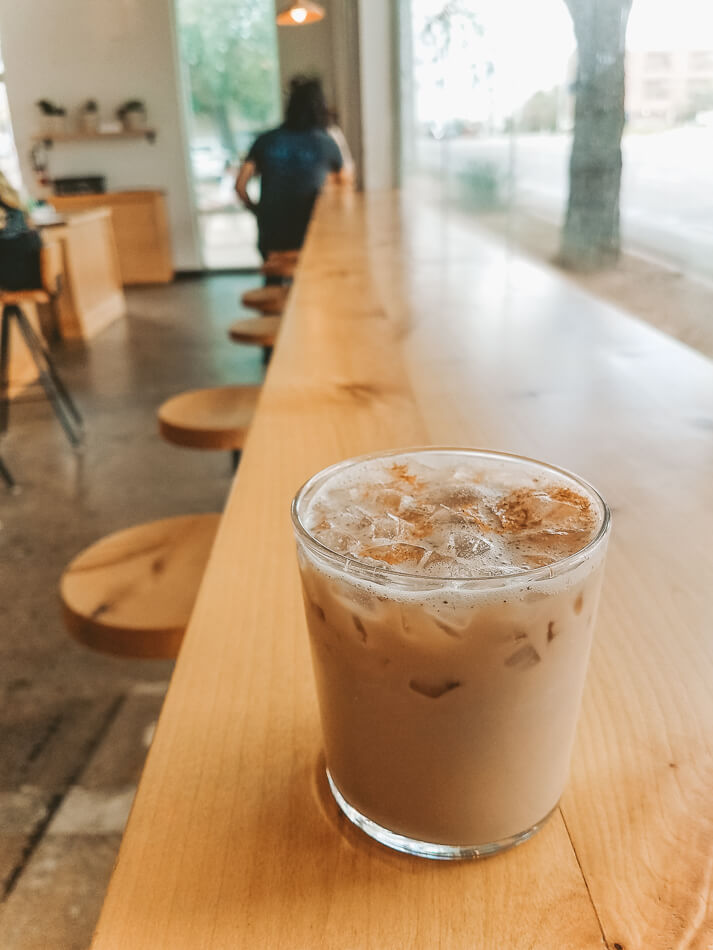
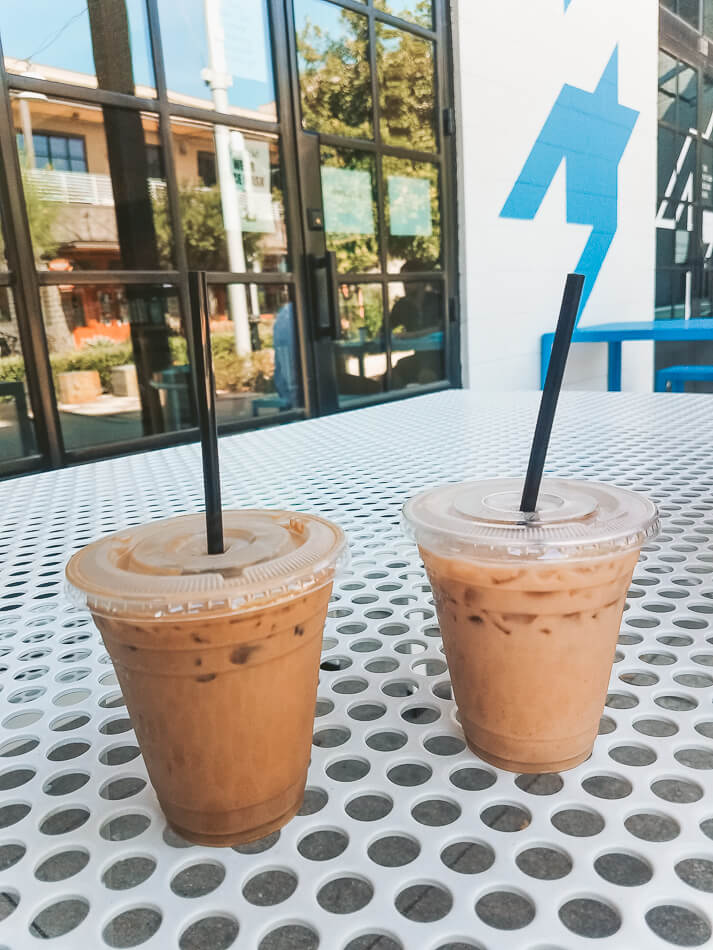
How to Taste Coffee – Coffee Cupping
Did you know you can take coffee classes in Austin? Greater Goods Roasting Co. hosts a coffee cupping in their lab on the east side. We went in November 2019 and enjoyed learning more about coffee and how to taste it.


Our teachers taught us the technique of slurping with spoons to taste the variations in body, sweetness, and acidity. We also learned about the bean origins.
If you’re a coffee fan and/or are a foodie who loves learning about food, a coffee cupping is a fun experience! Visit Greater Goods Roasting Co, Texas Coffee Traders, or Third Coast Coffee for educational events.
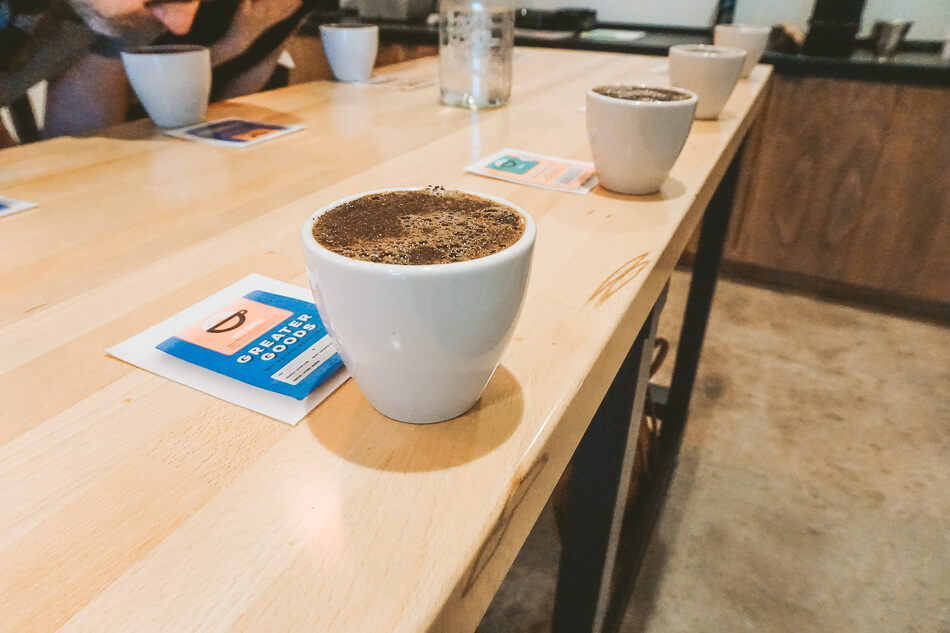
Where to Find Craft Coffee in Austin
There are plenty of specialty coffee shops in Austin with transparent practices! Here are a handful of them.
- Civil Goat
- Cuvee Coffee
- Greater Goods Roasting Co.
- Houndstooth Coffee
- Intelligentsia Coffee
- Merit Coffee
- Thunderbird Coffee




Many of these coffee shops use Wild Gift Coffee, an Austin coffee bean roaster that sources directly. Other Austin roasters include Third Coast Coffee, Casa Brasil, Texas Coffee Traders, and Ruta Maya Coffee. You can purchase beans online or at local grocery stores.
Drinking Coffee in Austin
For me, learning about the coffee industry makes me appreciate the beverage even more. While I probably won’t become a regular coffee drinker, I’ll look for opportunities to have the best experience possible. Isn’t that the goal of a foodie? Happy drinking!
Do you have a specific coffee brand or coffee drink you love?
P.S. Curious about other foodie topics?
